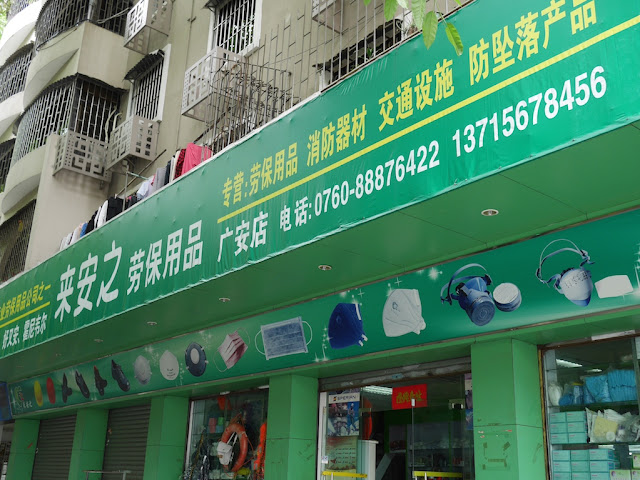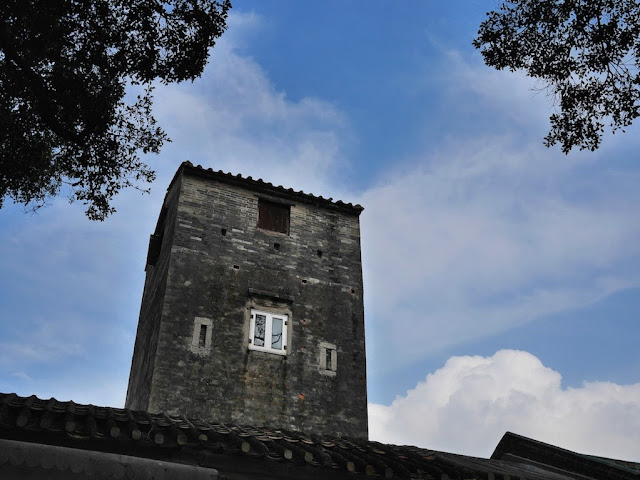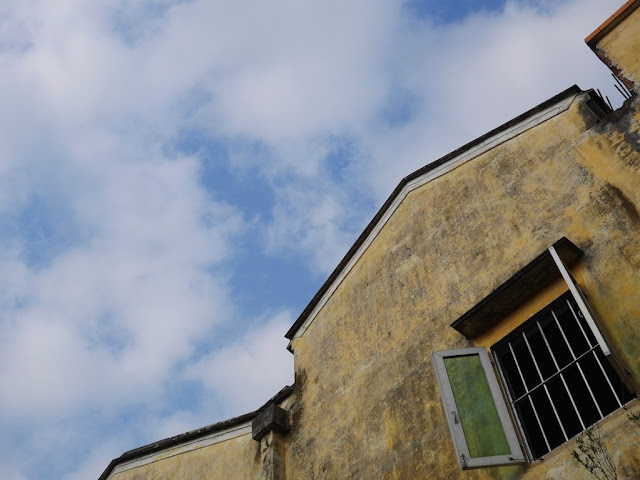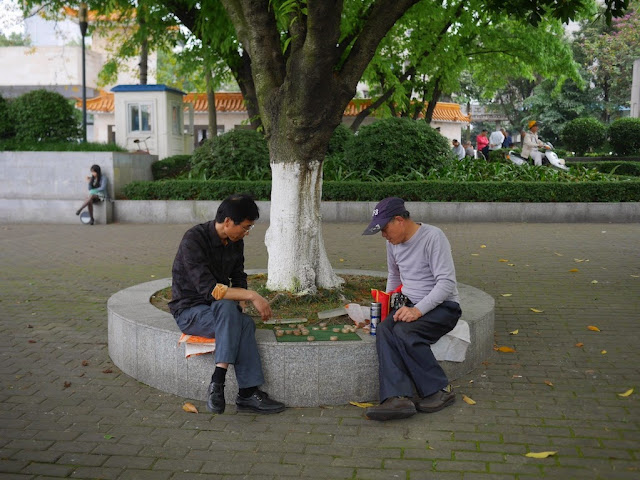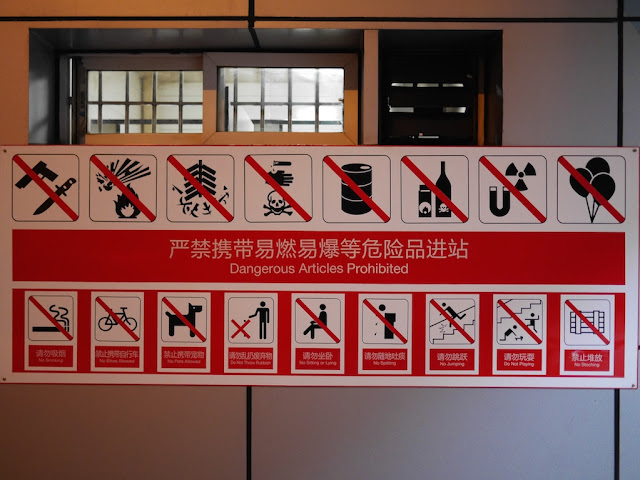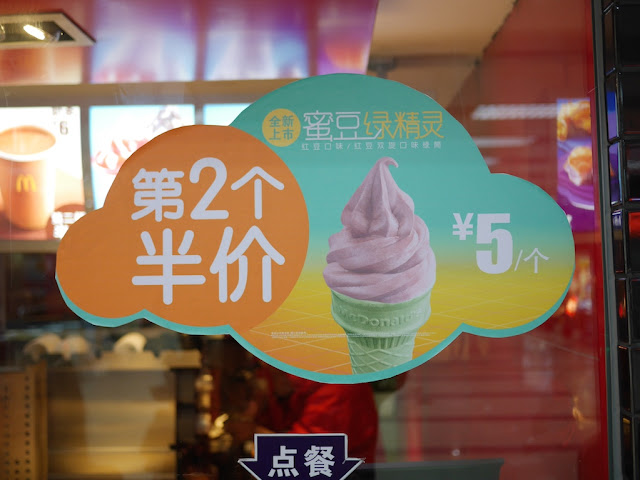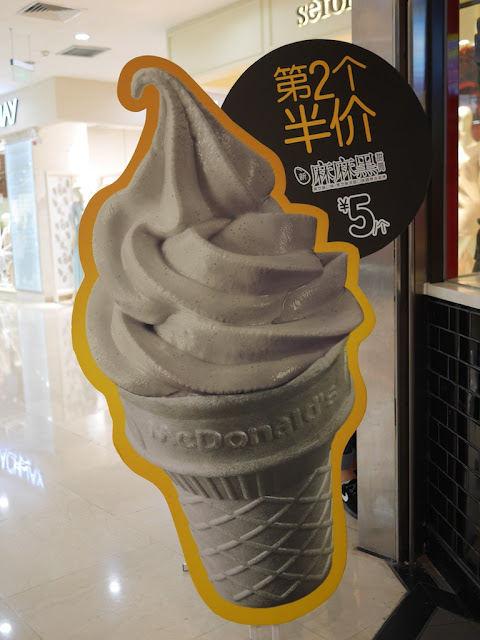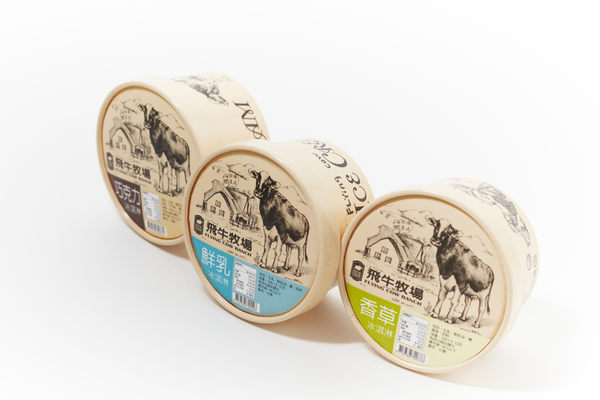I received a range of comments in response to yesterday's post about pollution face masks in China with a special hole for smoking cigarettes.
One person expressed their admiration: "That's pretty cool."
Another seemed humored: "Funny."
One suggested a modification: "They should make three holes in that mask or else they are re-inhaling the smoke from the cigarette. Better yet, how about not wearing the mask at all!"
And finally, one person expressed puzzlement: "I'm trying to figure out whether this is an April 1 post..."
Now seems like a good time to respond to the last point, even though I have not done so for similar posts in past years. Perhaps I can restore a tiny bit of harmony to the world. So, yes, the post was written in the spirit of April Fool's Day.
The person posing in the first photo is somebody I recently met. He was familiar with April Fool's Day, and after I explained what I had in mind he agreed to model the face mask using his cigarettes. I wouldn't be surprised if it was his first time to wear a face mask. The sign in the other photo is from a store in Zhongshan I fortuitously passed by yesterday. I didn't go inside, but it appeared they sold face masks and other products for construction-related purposes. All the quotes in the post were entirely fabricated. And if spoken as it would be in China, family name first, the fictional store owner's name, Renjie Yu, sounds like "April Fool's Day" in Chinese.
I have never seen anyone smoking while wearing a face mask. I wouldn't be completely shocked if someday I do though.
I suspect the seeds for the idea were planted about two years ago. While standing at a street corner wearing a face mask for the first time due to very heavy smog in Beijing, I looked to my left and met eyes with a man who was smoking a cigarette. For a few moments, we stared at each other in silence. We then went our separate ways after the crossing signal changed. It got me thinking . . .
And in addition to some humor, thought-provocation was one intended goal of yesterday's post.


